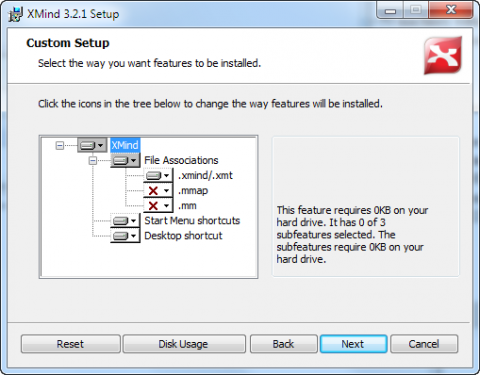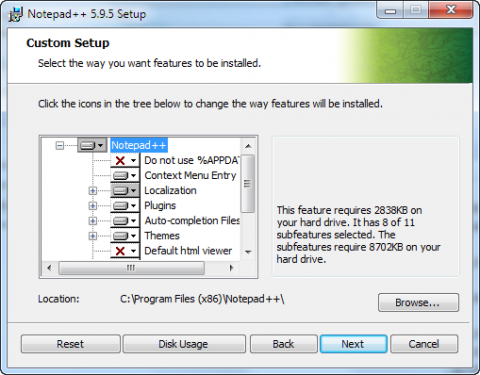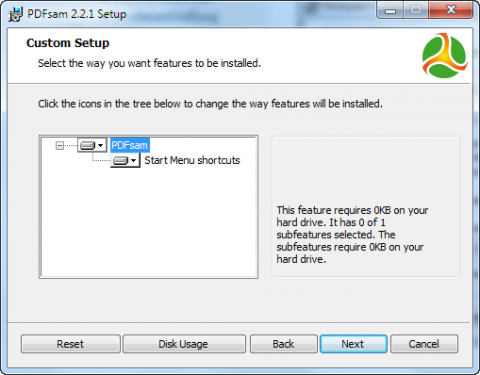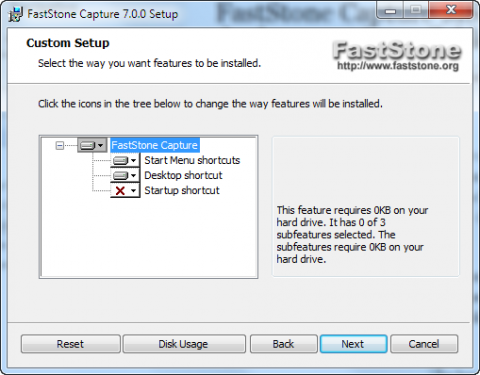A few days ago I found out that the previouly hidden link used to download Skype as MSI setup is broken. The last available version was Skype 7.41.101. The latest 8.x versions (8.28.0.41) seem no longer available as official MSI package. This means enterprise deployment is made impossible as EXE setups cannot deployed via Active Directory GPO deployment. Originally when Skype 8.0 was released it was planed to discontinue the Skype 7 ("Skype Classic") support per 1th September 2018, but they extended the deadline to 1th November 2018, until some customer requested features are added back to 8.x. It is not clear if these missing features also include the MSI setup. The learning curve that customers cannot ignored seems not very strong; if we keep the past mobile client fiasco in mind.
Contacted Skype support and they confirmed that MSI setup is not available and they named it no longer supported. They pointed to other solutions like Skype for Business and noted that this team may know where the required MSI is, but they cannot help if it comes to end user Skype.
We need to make sure the meetings can take place. Being surprised in weeks or months by a no longer working Skype client is not really an option. A solution is required as there was news around from a Skype employee named Babs that stated the old Skype Classic 7.x will still work for now, but may break in near future. The current deadline for 7.x is 1th November 2018. You need to install 8.x before this date.



